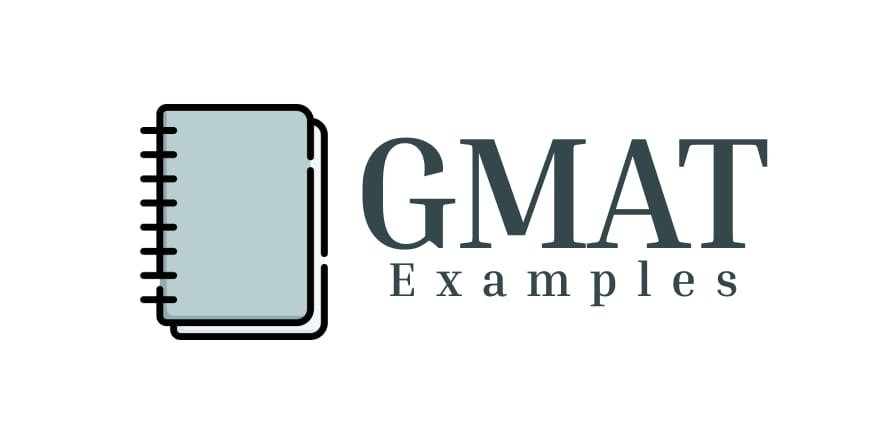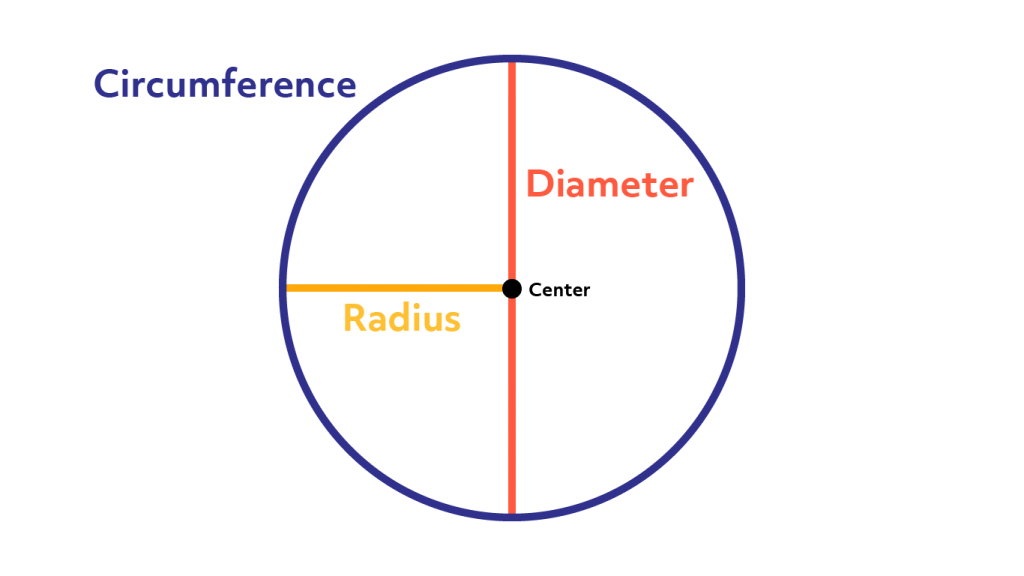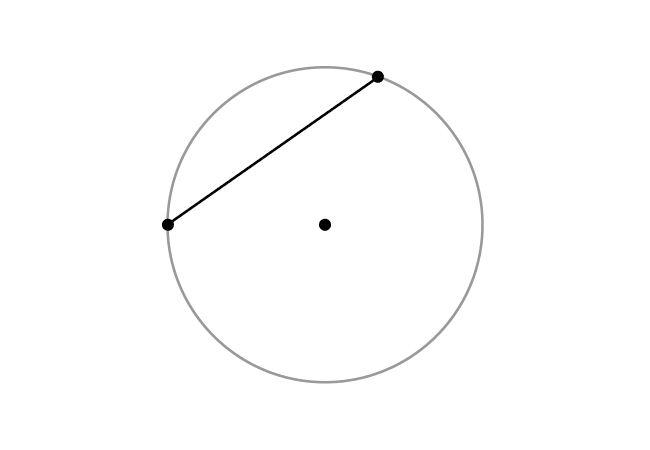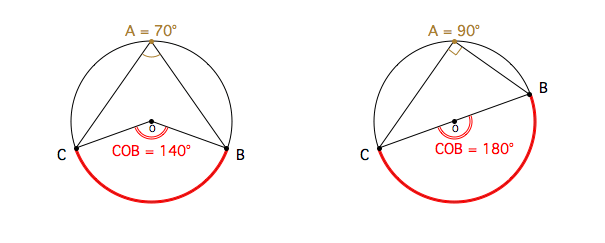This blog notes down all key concepts and properties to remember to be able to infer and use for GMAT circles related problems. Many GMAT Data Sufficiency problems will need the know-how of the properties so that we can infer if sufficient information is available or not. Thereby knowing these properties will be key, especially for data sufficiency problems.
GMAT Circles Properties
Circles (2D) by definition can be defined by their radius. The radius defines the formula for the area and the perimeter of a circle. Thereby knowing the radius, one can know all properties of a circle.
- The area is pi*(r^2) by definition.
- The perimeter is 2*pi*r by definition.
- A chord is a line which connects two points in the circle and does not pass through the centre of the circle.
- The line from the centre of the circle bisects the chord and is perpendicular to the chord.
- A triangle formed on a circle with the diameter as a base makes a 90-degree angle on the point touching the circumference, thus creating a right angle triangle.

- The angle at the centre of the circle is double the angle made at the point on the circumference of the circle.
Here, the r stands for the radius of the circle. While Pi, here stands for the standard variable whose value is (22/7).
GMAT Sphere and Cylinder Properties
Spheres (3D) can be defined using their radius. However, being 3 dimensional, we will have the surface area and the volume for the sphere.
- The surface area is 4*pi*(r)^2
- The volume’s formula is (4/3)*pi*(r)^3
- Cylinder’s volume is pi*(r)^2*(h)
- The volume of a cuboid is given as l*h*b where the 3 are not necessarily equal. Thus, one cannot determine volume by knowing just one side.
Few Pointers for GMAT
Post practising a few problems and working around things, I learned a few things:
- Don’t make any assumptions about the shape or properties of the diagrams without clarity in the information.
- Before we conclude a shape or diagram. It’s important to know whether it’s an assumption or there’s actual evidence pointing it out.
- Keep the assumptions made in the question for Data Sufficiency and the exact ask?
- Split the object into parts or equal parts. The subtle differences are key
To be continued …




